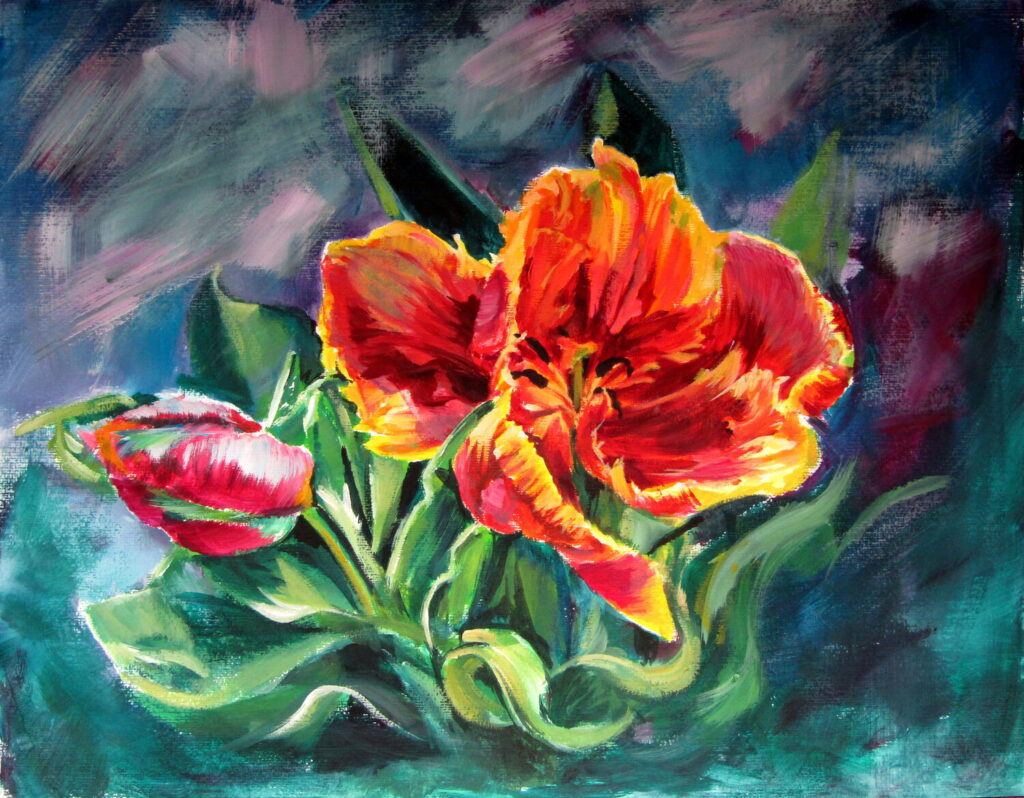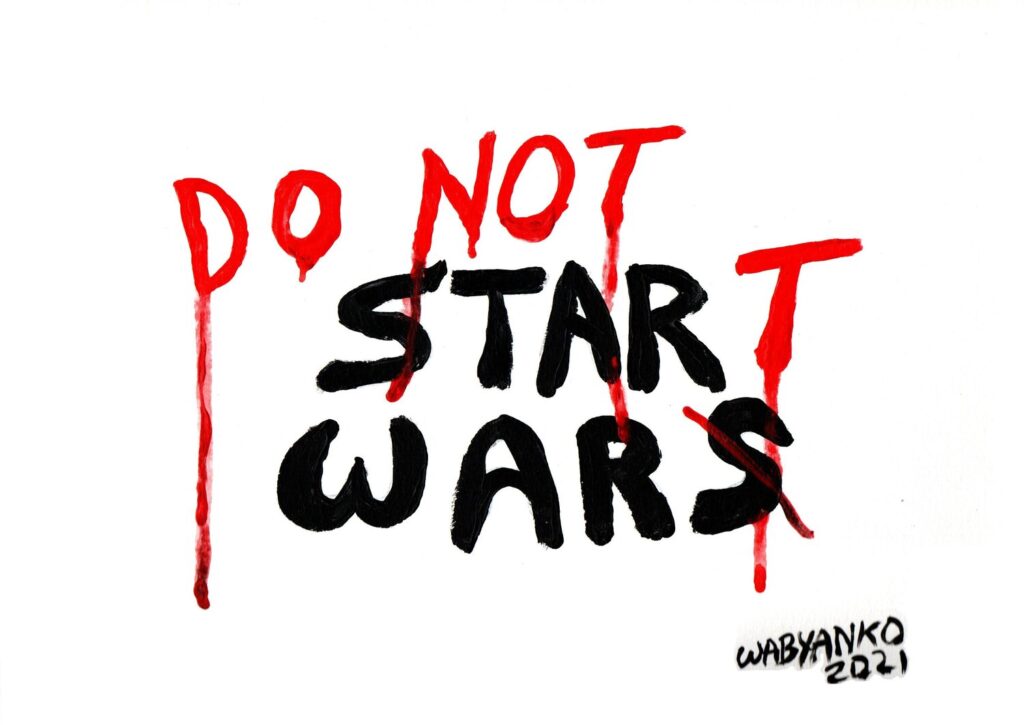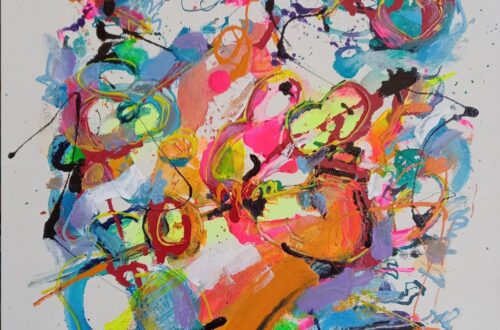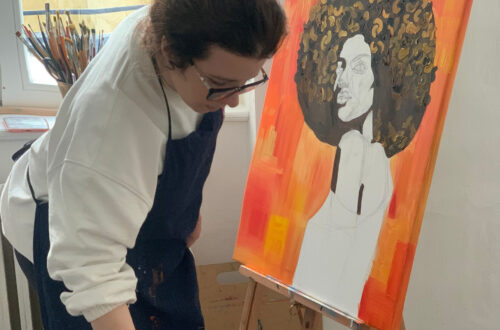For some reason, art has gotten a bad reputation in the eyes of some. In a world with many complex issues and struggles, many find it frivolous or vain to put any focus on aesthetics. However, this cynical view of art only reduces it to something shallow! As art lovers, we know of the immeasurable power that it has had over human beings for thousands of years. It is more than something decorative, something beautiful, or just something nice to experience that pulls you from reality. Sure, great art does indeed do those things, but it has a deeper impact as well. There is a reason that while humanity has striven to advance technologically, we have also always kept part of our focus on adding beauty to the world.
A world with no or even less art is a genuinely bleaker one, with less room for creativity, expression and nuanced learning. It serves a huge purpose to society, and there is no reason to shun it! Here, we break down some of the reasons why art is important, and why we should keep investing in it for our future!
Definition of Art
Before we go about trying to define some of the main ways that art improves our world, we must first define what it is. The Oxford Dictionary defines art as, “The expression or application of human creative skill and imagination, typically in a visual form such as painting or sculpture, producing works to be appreciated primarily for their beauty or emotional power.” To put it in simplest terms, it can be any creative work of a human being. It is important to note that these definitions imply that creating art and taking ideas from our imagination are an innate human instinct. We flex our creative muscles to create things that will beautify the world or spark emotion. These emotional responses are what makes the world run! This is a simple definition, but it alludes to the grander reasons why art is important.
Art in Society
In society, art plays a crucial role in turning the hearts and minds of groups of people. What often cannot be communicated effectively in plain terms can be transformed into an artistic idea. This makes it so that an idea is more communicable and thus, more easily understood. This can be used in a variety of ways. A song can communicate the nuances of love. A teacher can use graphs and charts to make learning a concept more straightforward for their students. A cartoonist can express their commentary on a societal topic. A business can market their product through numerous mediums of art. The painter can show off the beauty of a landscape. There are so many more examples of this, it would be impossible to name them all! The point is, it disseminates into all aspects of society and helps communicate complicated concepts and emotions.

Creating Culture
Not only can art communicate ideas and emotions, but eventually, over time these patterns of communication evolve. Depending on the era, place in the world, and group of people, we have used it to effectively communicate the values and identities of the groups we belong to. This can be seen on a macro level with the traditional art styles of various ethnicities and nationalities. This can also be observed on a smaller scale. As different subcultures have taken form across history, the groups use art to let others know the values and interests of the group. This can be through music, cinema, clothing, drawing, writing, designing and more! Think of music genres or intellectual movements which have used a plethora of artistic references and inspirations in how they communicate.
Getting Political
Political and social struggles have taken center stage in today’s age, oftentimes using art to convey their messages! This is something that has been constant throughout history. Many painters and other fine artists have used political imagery and commented on political themes through their work. Political cartoons and advertisements all use it to promote certain ideologies or candidates. People on the ground use it to convey their messages and values through things like graffiti, street art and politically charged music or movies. Propaganda is an art form that has been used by political groups and organizers to change the hearts and minds of the populous. Political reasons are often one of the most cited reasons for why art is important. It can drive the conversation of society, as the emotional responses can lead to real tangible change and action from the masses.

Art Can Heal
One of the most talked about reasons for why art is important is simply in the ability of aesthetics to be therapeutic in a way. It can be used to open our minds to different possibilities and ways of thinking. It can help us to self actualise and find out what we really love and enjoy in life. Apart from that, regular interaction with creativity has been shown to stimulate good feelings and can boost memory. It is no surprise that art therapy has become a growing choice for helping people deal with a whole plethora of issues and traumas. Beauty is not simply aesthetic! We can truly grow when we interact with art, and even as this growth is intangible in many ways, it’s profoundly important to the human condition.
It would be close to impossible to outline all the ways in which art is important. We will say, though, that we encourage even more reading and research on how art has impacted everything around us and makes the world a better place. If you want to start filling your life with more art, then start at home! Resources like ours at balthasart can give you a great way to support independent creatives while also adding some beauty to your everyday life!







